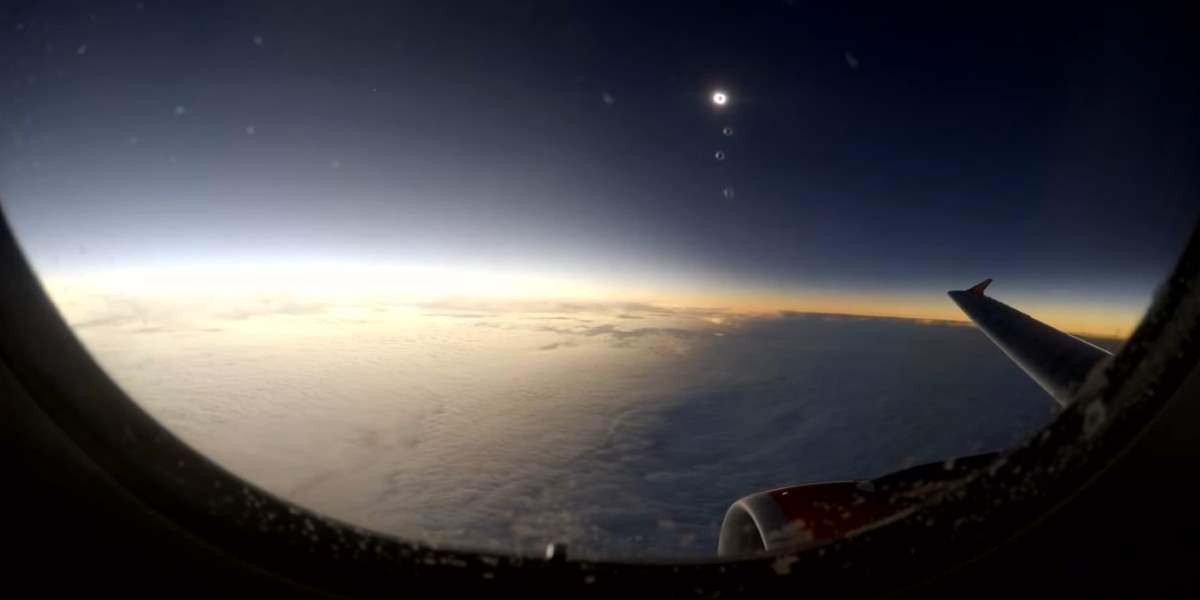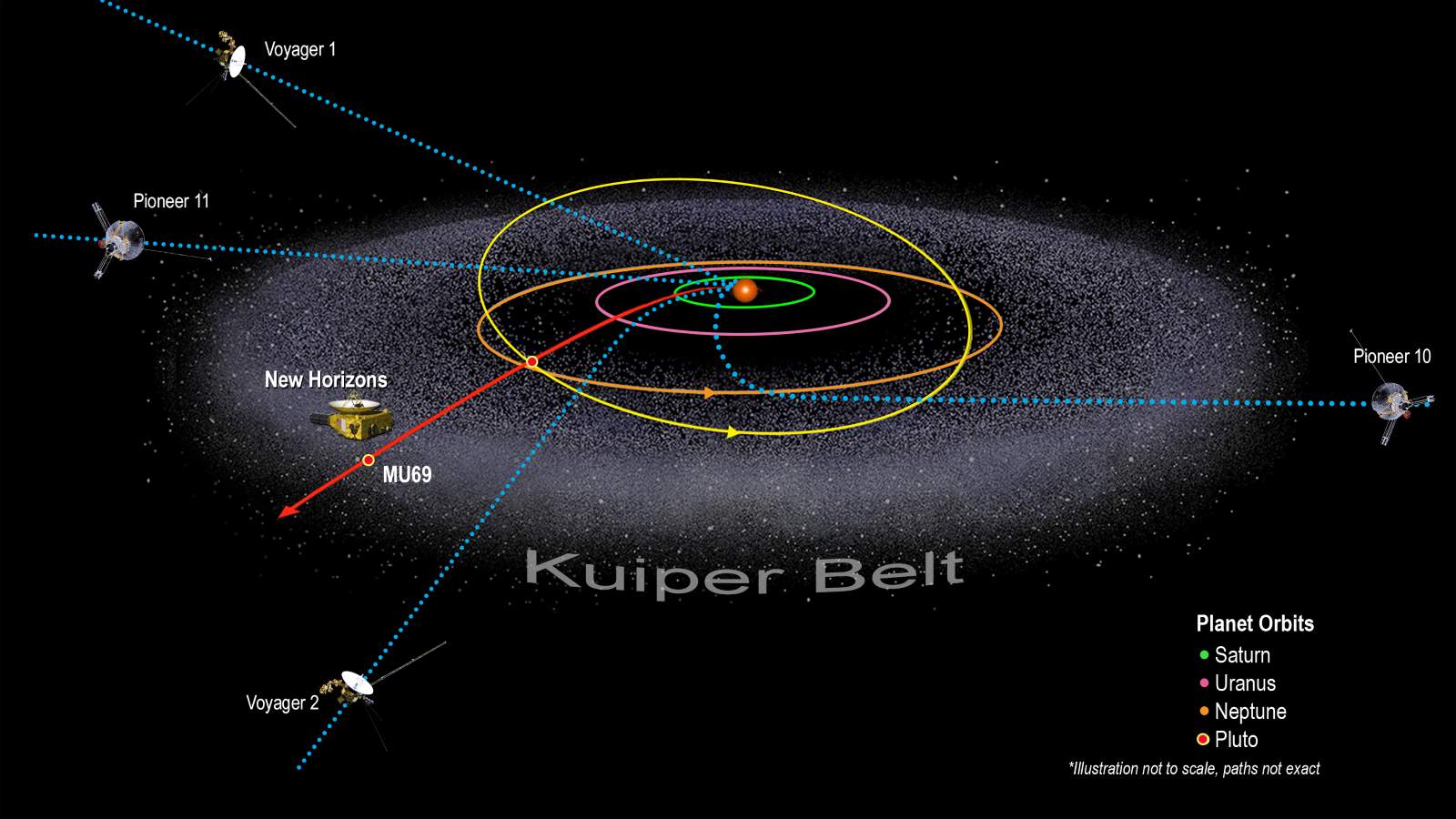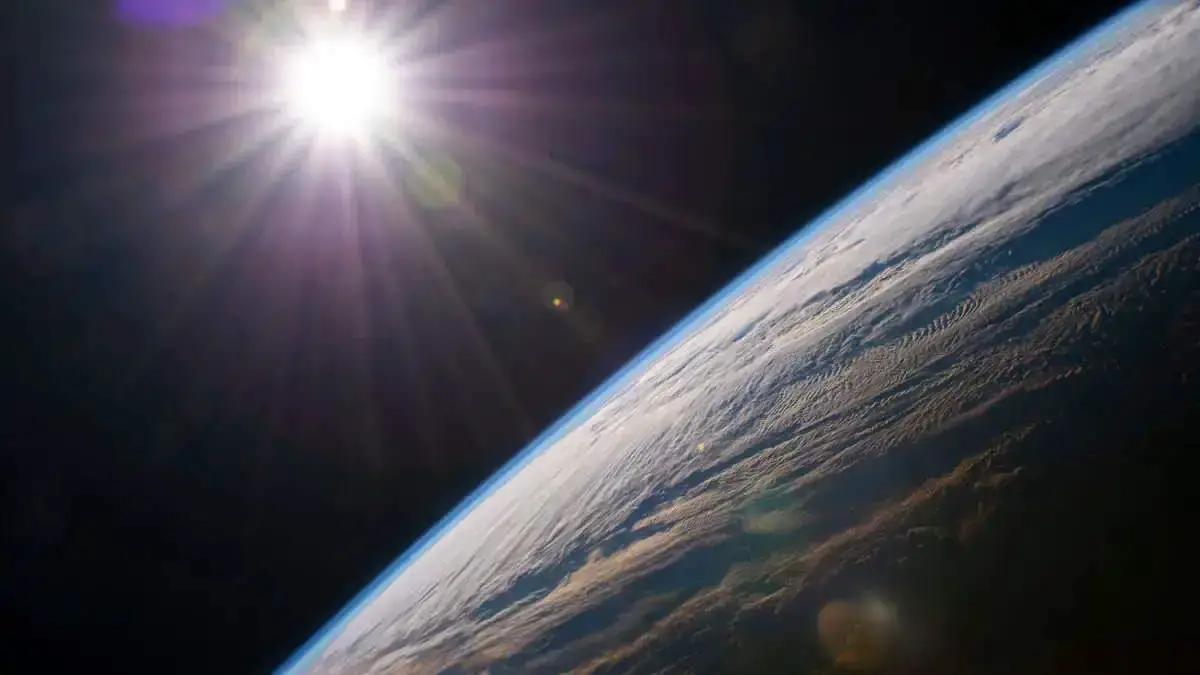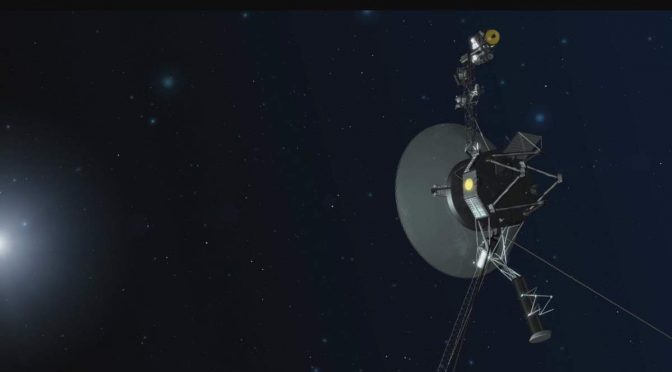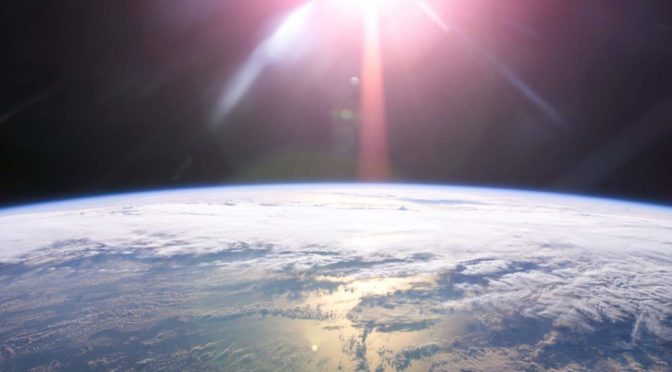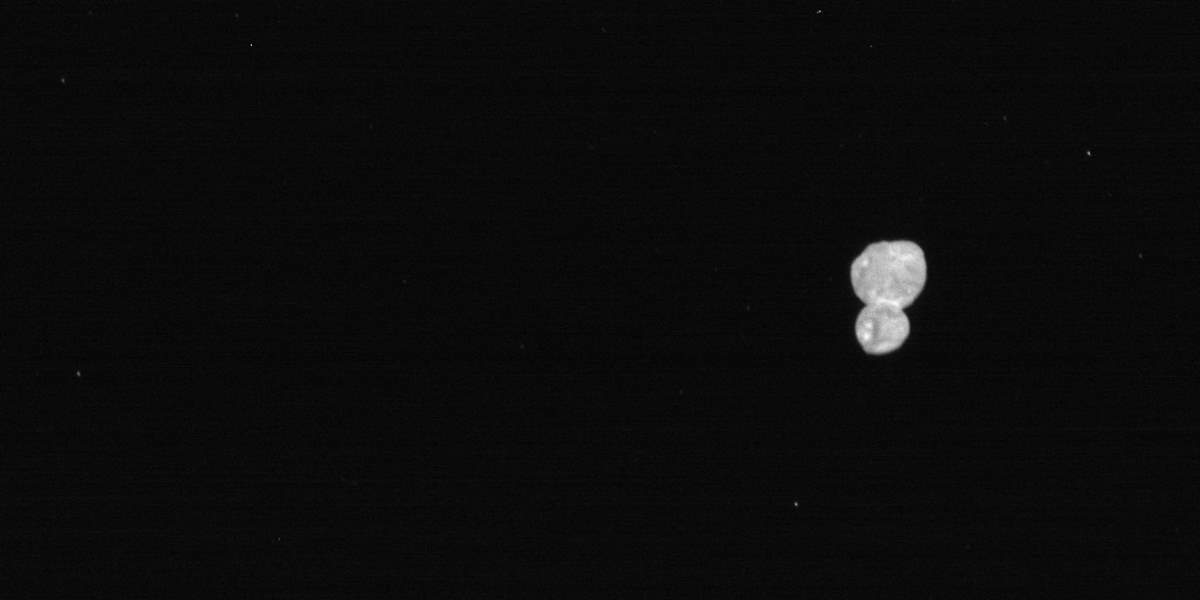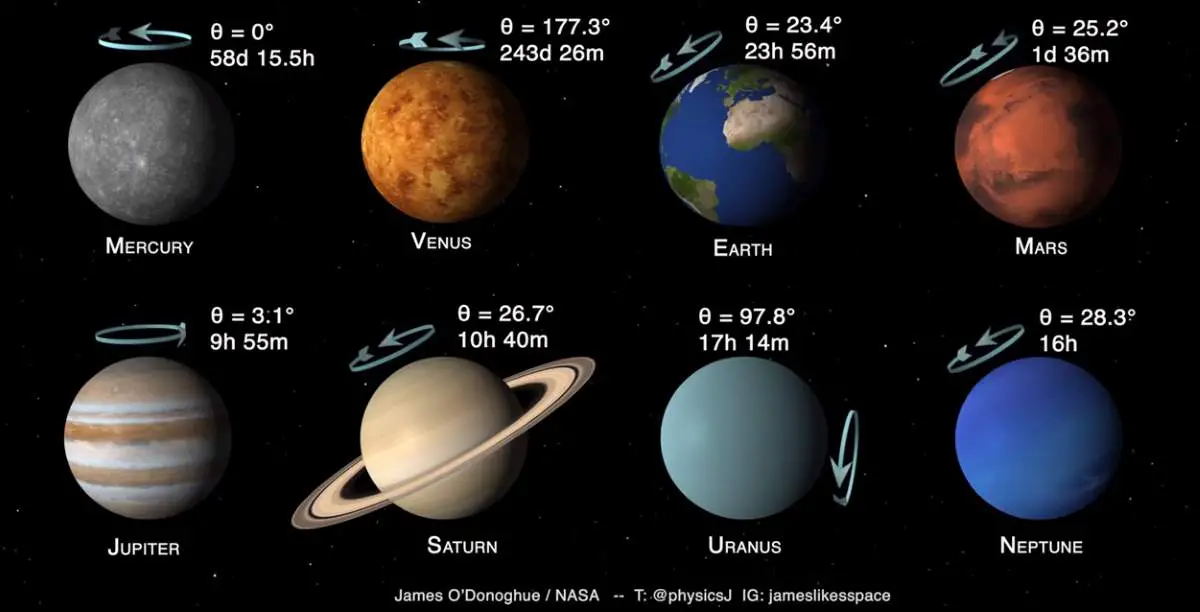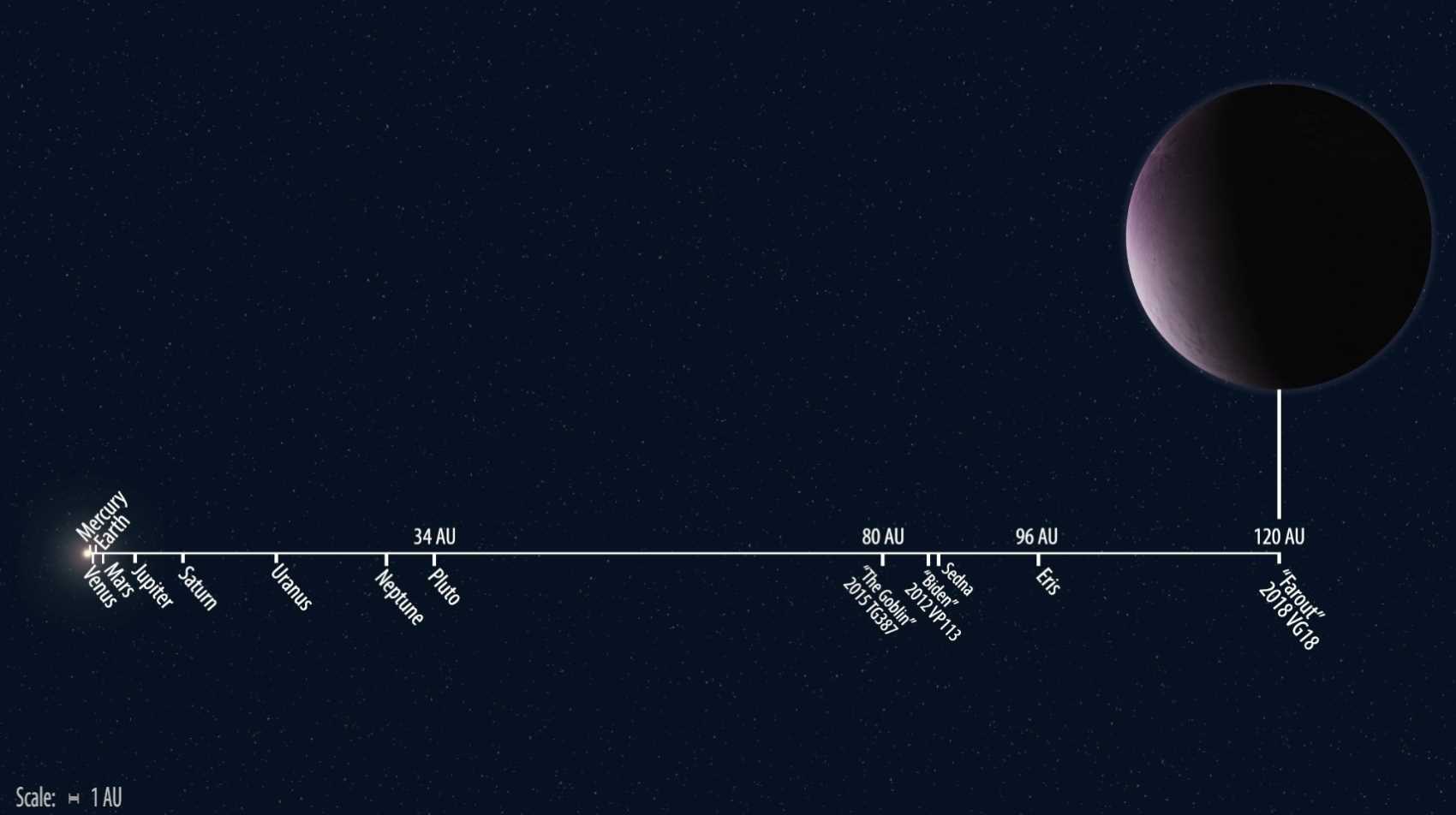This… is… amazing! Astrophotographer Martin Junius recorded this stunning video of the total solar eclipse on March 20, 2015, during the E-Flight AB 1000. In the video, you can see the shadow of the moon moving across the clouds below. The plane was 35,000 feet (10,600 meters) above the Northern Atlantic / Norwegian Sea when the video was recorded.
